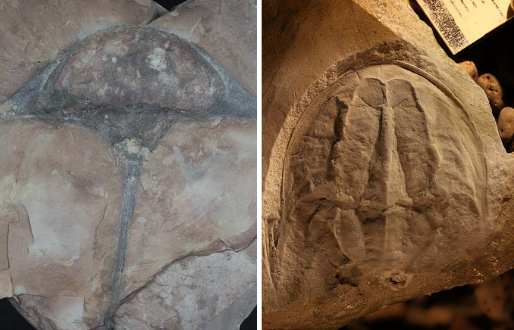 When it comes to the evolution of horseshoe crabs, until now, scientists have believed the ancient lineage to fall into a unique group of animals that have undergone little evolutionary change over the course of their fossil record.
When it comes to the evolution of horseshoe crabs, until now, scientists have believed the ancient lineage to fall into a unique group of animals that have undergone little evolutionary change over the course of their fossil record.
However, an international research team led by the University of New England’s (UNE) Dr Russell Bicknell and Dr Nicolás Campione is challenging this theory, recently undergoing one of the most comprehensive examinations of horseshoe crab evolution to date.
“Over the past four years, we have studied the fossil record, examining the shape, size, and development of 44 species of horseshoe crabs dating back to the Carboniferous period, some 330 million years ago,” he says.
“While we found that the way in which a horseshoe crab grows has remained relatively constant since that period, we realised that the shape and size has actually changed considerably since at least the Carboniferous.”
Dr Bicknell says their findings show that horseshoe crabs have become progressively larger in size, and the shape of some species has differed significantly, depending on their likely environment and the time period they were from.
“For example, there is an Australian species (Austrolimulus) that is the biological equivalent of a pick axe; completely unique compared to other species that we examined.”
This is a significant discovery, as horseshoe crabs are traditionally considered a prime example of evolutionary stasis—a term used to describe an organism that appears to have undergone little to no change in the fossil record.
Dr Bicknell says their findings disprove this and have set a new standard for the level of detail required to understand the evolution of ancient creatures.
“Before this study, the evolution of horseshoe crabs remained somewhat untested and uncontextualised, and, in reality, most research has not examined this group with the level of detail that is required to truly comprehend the changes horseshoe crabs experienced,” he says.
“Through this in-depth analysis, we have shown that a more integrated approach is needed when researching the evolutionary patterns of all ancient animals.”
Dr Bicknell says by revealing these patterns, we can grow our understanding of why animals look way they do and make inferences on their functions.
Information like this is fundamentally important for helping us piece together the puzzle of our past.
“For example, the change in size documented here could indicate a lack of predators over geological time” he says.
“Information like this is fundamentally important for helping us piece together the puzzle of our past.”
The study was funded by the Australian Research Council, and involved researchers from Pennsylvania State University, Uppsala University, the University of Manchester, the University of Texas, Western Philippine University, the Czech Academy of Science and Kent State University.
You can read the full study via the Biological Journal of the Linnean Society.


